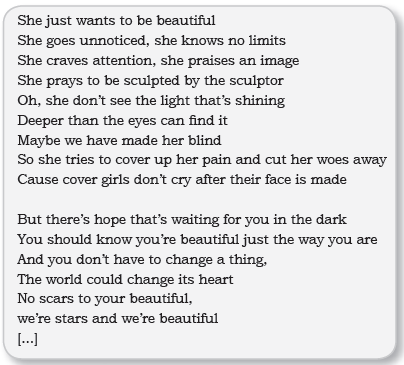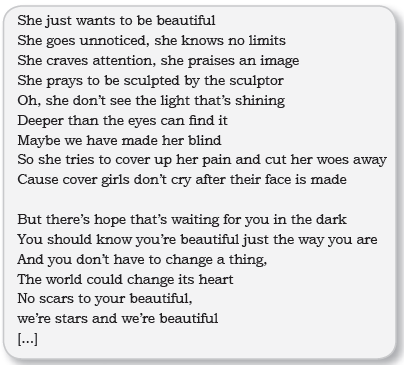Rather than a stable set of features, physical beauty is an ever-morphing construct. But female beauty ideals tend nevertheless to have outlines. These have been most visible throughout history in the pictures drawn by those self-elected gods we call artists. History provides us a record, and from it one basic truth stands out: the ideals women are asked to embody, regardless of culture or continent, have been hammered out almost exclusively by men.
Consider, for instance, the ways that figure shaping has altered over the centuries. Some 150 years ago, women in Europe began wearing bustles beneath their dresses that greatly enlarged the profile of their buttocks. More recently, the notion of sculpting has been applied directly to the body. In the 1960s, it took the form of dieting, which produced the sort of extremely skinny figure we associate with such models as Twiggy. Her thinness connoted vitality, an escape from the matronhood idealized by earlier generations, as well as an innocent, insouciant sexuality that was not dissimilar to a Roman-era depiction of the Three Graces.
Consumerism, of which diet fads are certainly a part, has significantly expanded the range of off-the-shelf options for bodily enhancement. In the 1980s and ’90s, women frequently turned to surgery – breast or buttocks augmentation, nose jobs – and other non-surgical interventions such as Botox and tanning.
It’s worth noting that if art holds a mirror up to culture, it has with rare exception failed to reflect a manifestation of female beauty of the last decade: the high-performance, muscled athlete. Popular magazines like ESPN The Magazine’s “Body Issue” have made gestures in this direction, by putting women like Serena Williams on the cover. But, in large part, art seems not to have taken account of the fact that the athlete has become a figure of everyday life, not just a pro.
KUNITZ, Daniel. Disponível em: <www.artsy.net/article/artsy-editorial-how-art-hasshaped-female-beauty-ideals-history>. Acesso em: nov. 2018. Adaptado.




